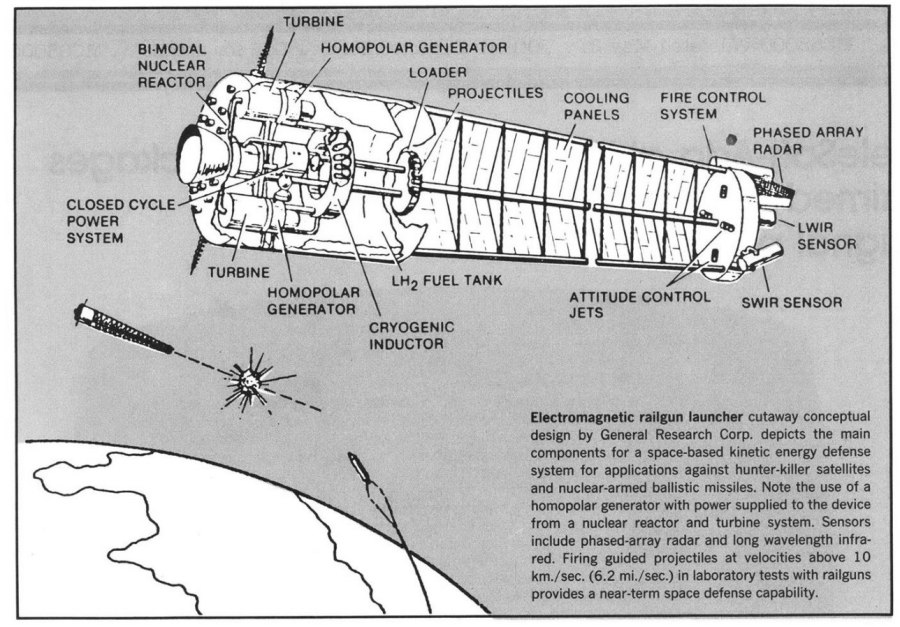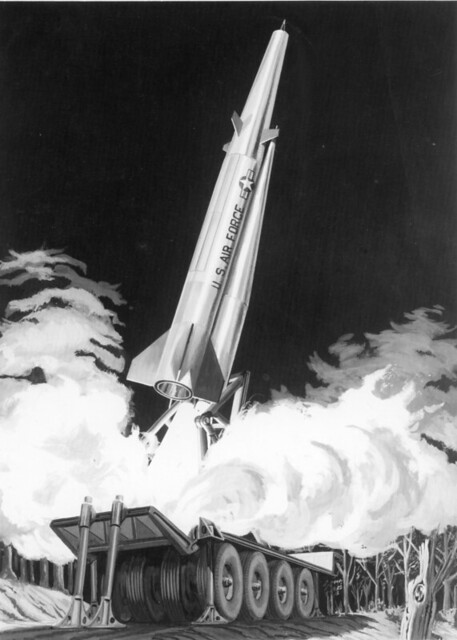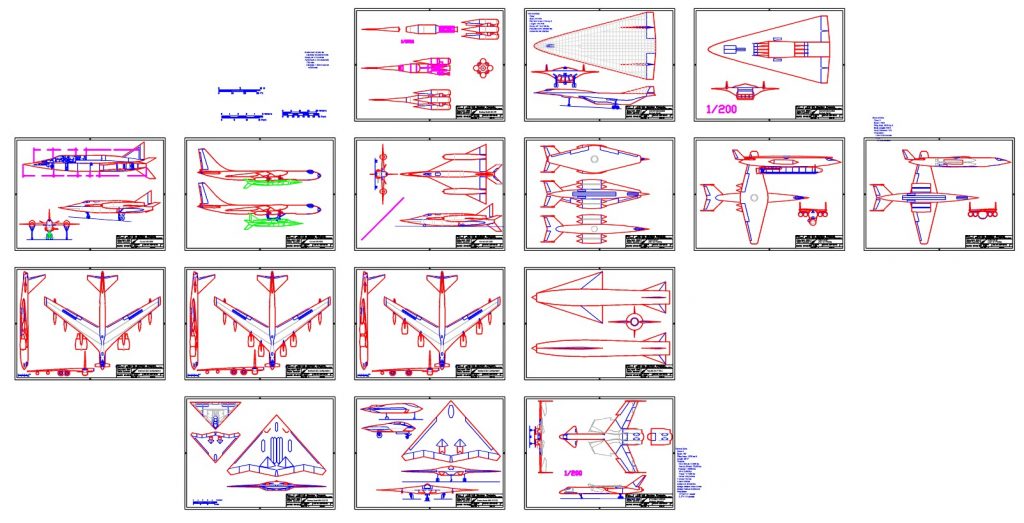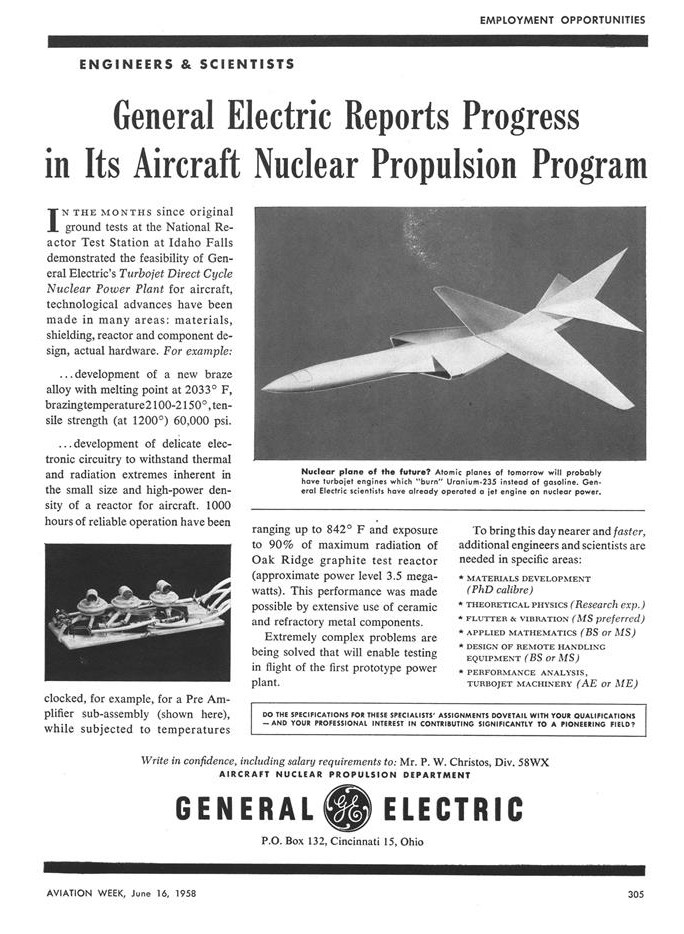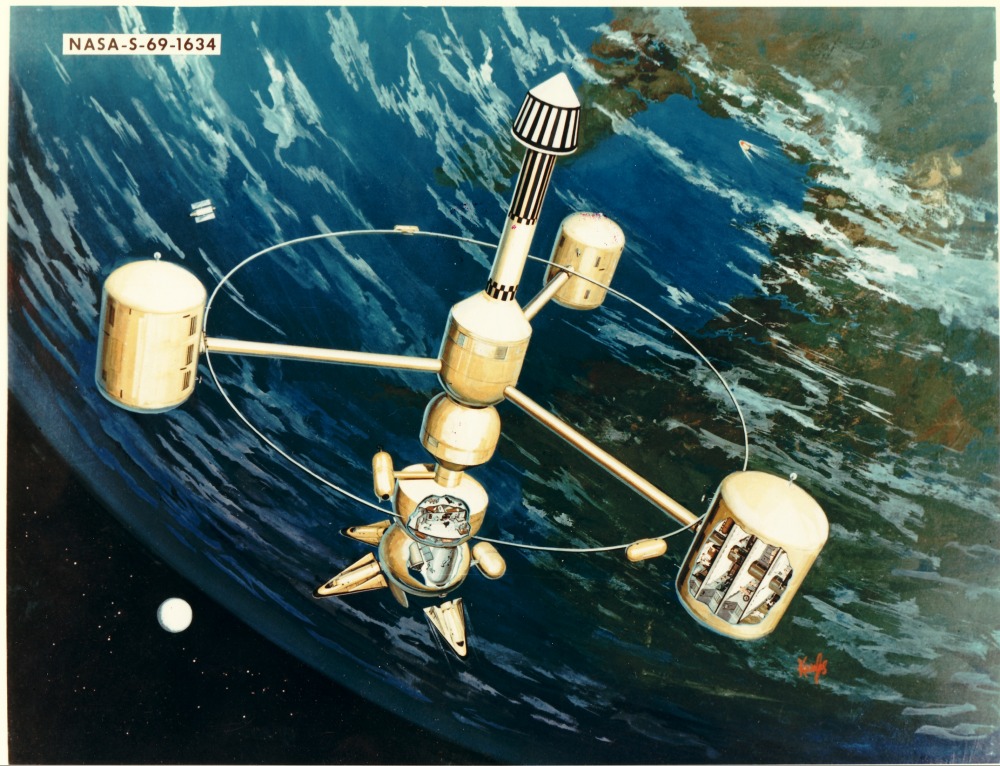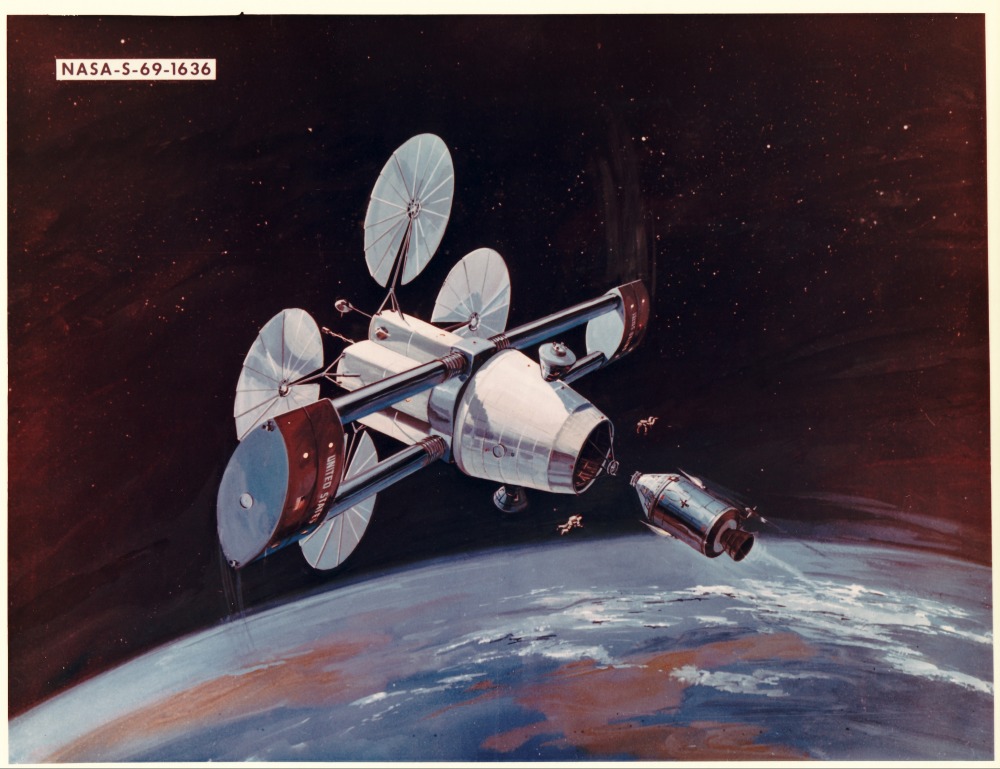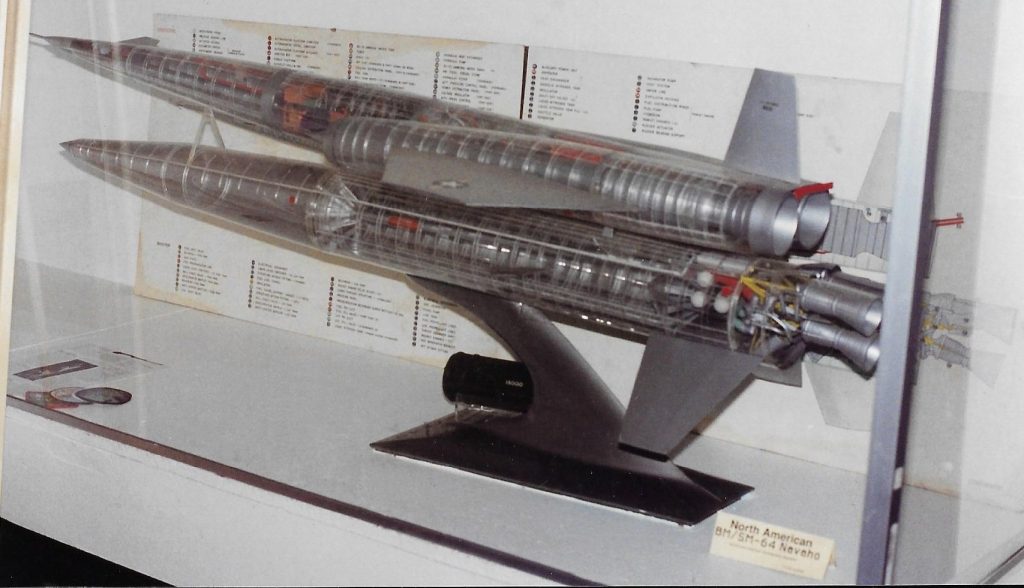On the 29th, APR Patrons and Monthly Historical Documents program subscribers were sent emails containing links to the January, 2019 rewards. This months set of documents and diagrams included high-rez copies of:
Document: “ASTRO A Manned Reusable Spacecraft Concept,” a Douglas Missiles & Space brochure from August, 1962, describing a two-stage Shuttle-like vehicle
Document: “Status update Ramjet Propulsion 1978” a brochure from the Marquardt Company
Document: “Rocket Blitz Form the Moon” an article from the October 23, 1948 issue of “Colliers” magazine describing the use of the Moon as a missile base, with some helpful Bonestell illustrations of Manhattan getting nuked.
Diagram: A large format color scan of the 1970 North American Rockwell PD-157-17-2 HIPAAS V/STOL jet fighter
CAD Diagram: isometric view, Bernal Sphere space habitat
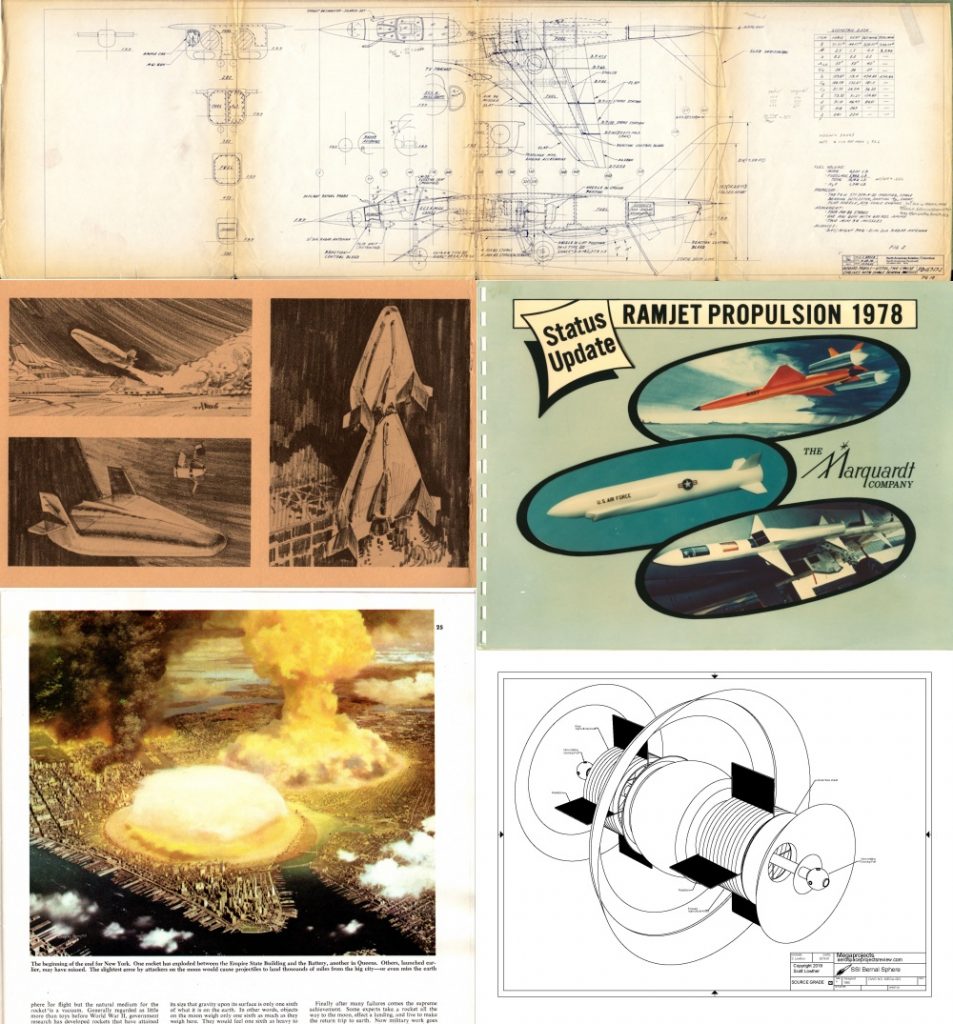
If this sort of thing is of interest and you’d like to get in on it and make sure you don’t miss any of the forthcoming releases, sign up either for the APR Patreon or the APR Monthly Historical Documents Program.
